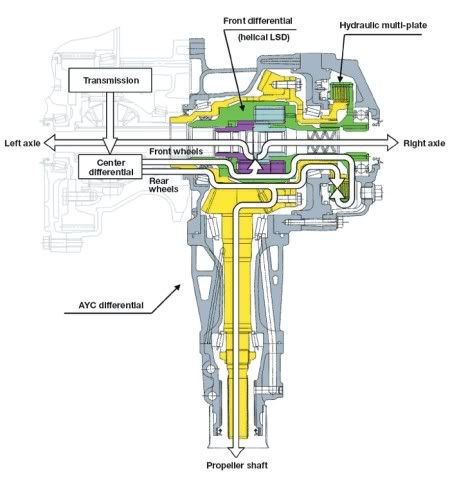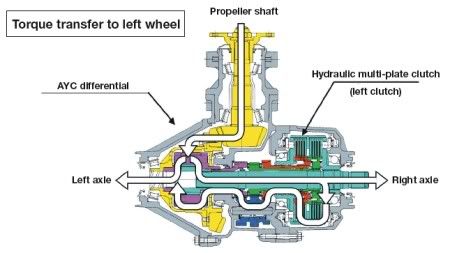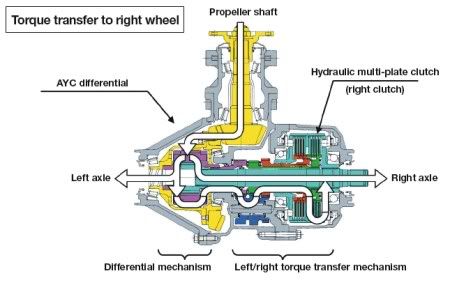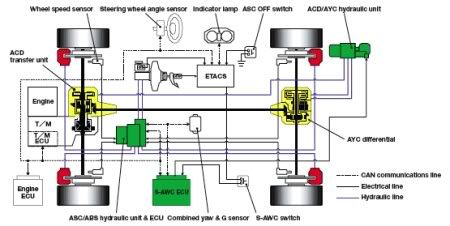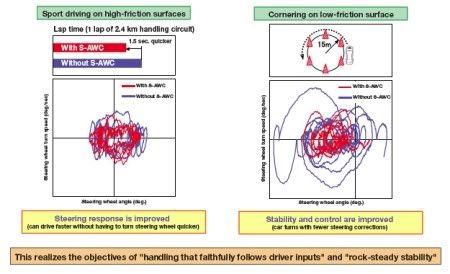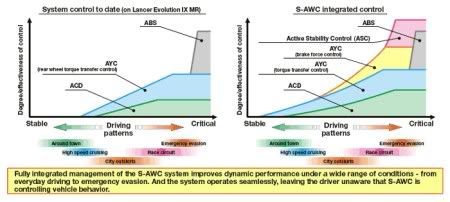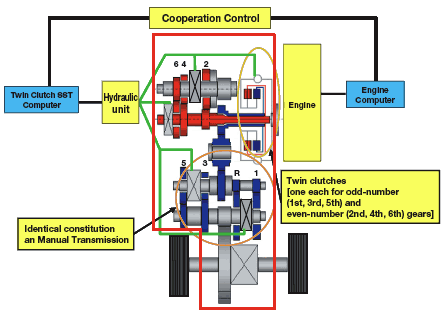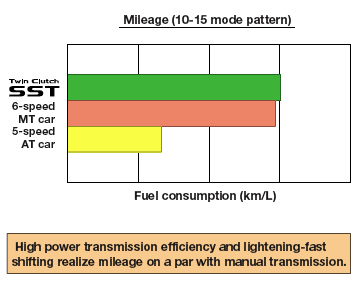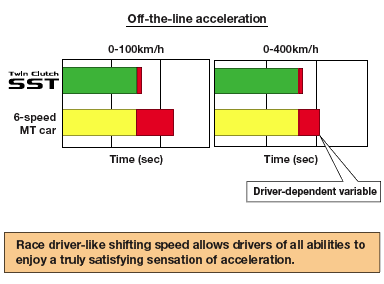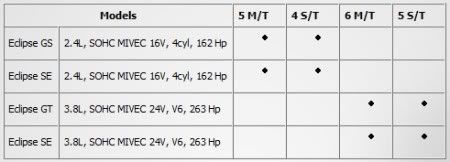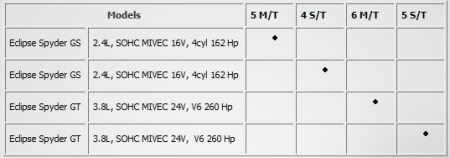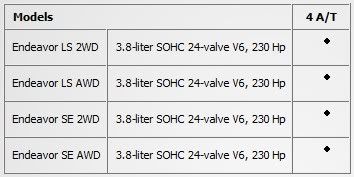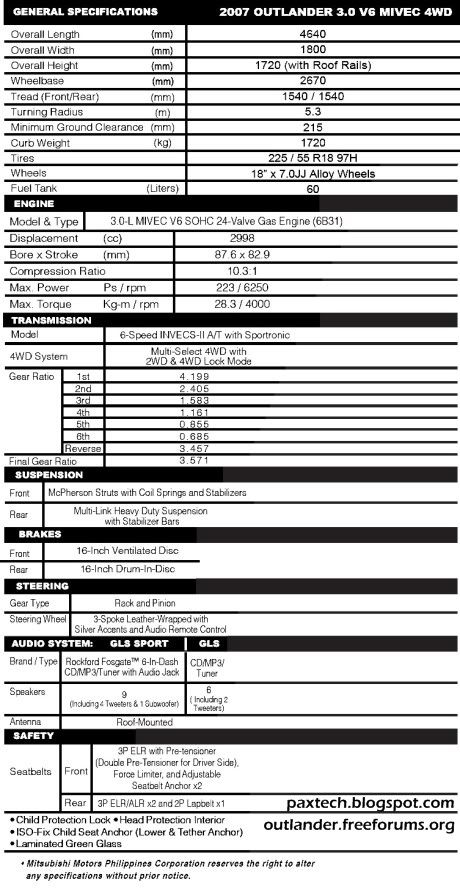Amsterdam, July 30th, 2007
Preview # 4: Mitsubishi Concept-cX
- Dual peace of mind -

Building upon 70 years of four-wheel drive expertise, Mitsubishi Motors Corporation (MMC) is in a privileged position to appreciate the customer benefits of this technology, in terms of on-road active safety and off-road ability, from Lancer Evolution to Pajero.

At the occasion of the 62nd Frankfurt Motor Show, MMC will combine this dynamic fluency with the first tangible demonstration in Europe of its regionalised environmental strategy, previewing the CO2-friendly next generation Euro 5 Clean Diesel family of engines co-developed with its parent company, Mitsubishi Heavy Industries Ltd.
As a showcase for this dual “peace of mind”, Mitsubishi Motors will unveil Mitsubishi Concept-cX* in Frankfurt: an accessible, affordable, sustainable and realistic solution to today’s pressing issues. Sporty and flexible, Mitsubishi Concept-cX will follow the popular compact SUV route to carry this message right at the heart of the market.

Featuring the “Jet Fighter” grille already seen with Lancer Sports Sedan and using a soft-road application of the Outlander-derived Electric control four-wheel drive drivetrain, the 4.10m long Mitsubishi Concept-cX will also intend to create a link between Mitsubishi’s passenger cars and SUVs.
Sharp in design and in dynamics, Mitsubishi Concept-cX will boast an excellent environmental performance to be seen in the low fuel consumption and emission levels achieved by its next generation 1.8-litre Clean Diesel engine, mated to an automated manual transmission. A preview of a family of powertrains to be launched in the course of 2009, it features a variable geometry diffuser (VG) turbocharger – to generate optimum boost pressure for all engine loads – and DPF technologies.
Mitsubishi Concept-cX’s further green credentials include eco-friendly “Green Plastics”, MMC’s proprietary plant-based resin technology, effectively used for interior trim materials.
As a reminder, Mitsubishi Motors Corporation has adopted an all-embracing approach in addressing global environmental issues. Under its “EIP 2010” (“Environment Initiative Program 2010”) umbrella project, the Company is actively engaged in the development of a wide range of such technologies, covering:
o Powertrains suiting regional needs, driving patterns & infrastructures:
+ Clean Diesel Euro 5 family of engines for Europe
+ MiEV next-generation electric vehicle for Japan
+ Flexible fuel vehicle for Brazil
o Materials (plant-based “Green Plastic”,…)
o Processes (“Design for Environment” guiding principles,…).
o Manufacturing (pollution-prevention and recycling measures).
o Conservation (“Pajero Forest & Local Mountain Restoration Initiative” aiming to conserve and cultivate Japan’s forests and woodlands).
Note: “Pajero” is “Montero” in Spain and “Shogun” in the UK.
* ‘Compact crossover’ concept vehicle
-MMC















